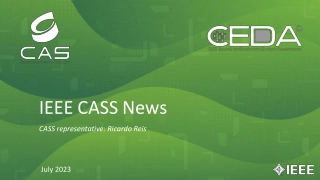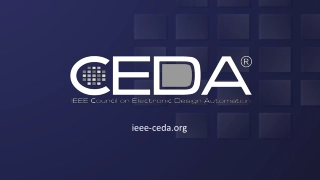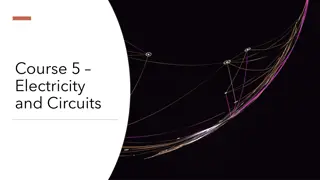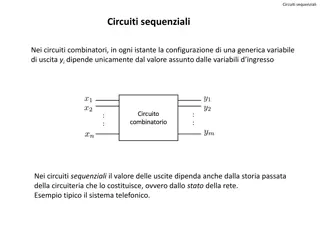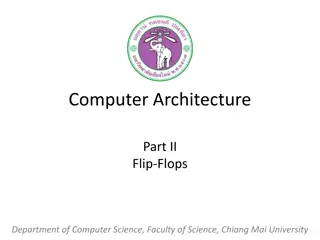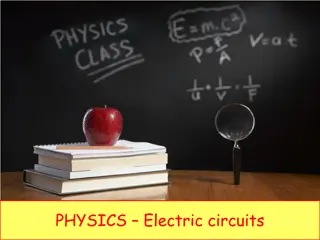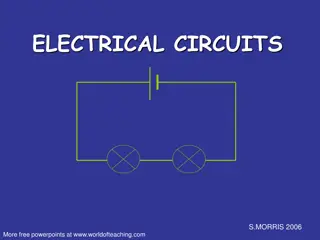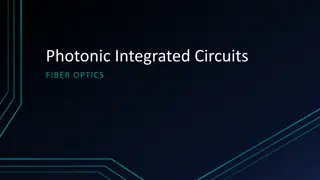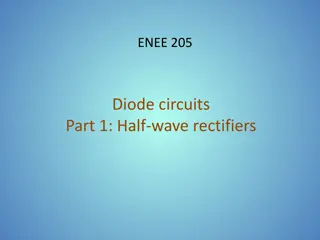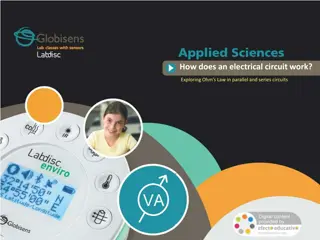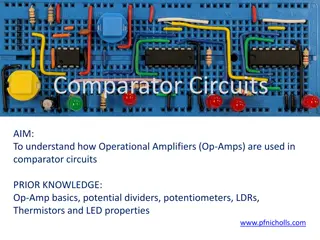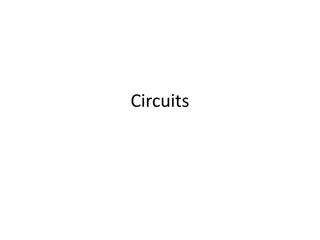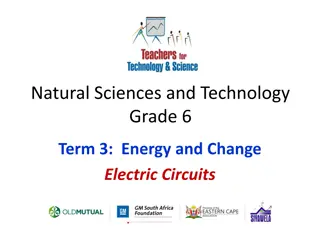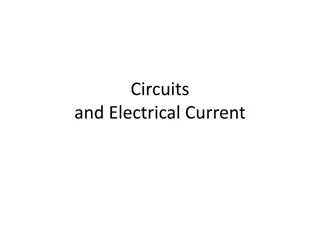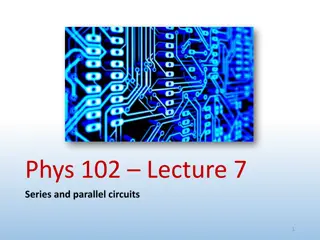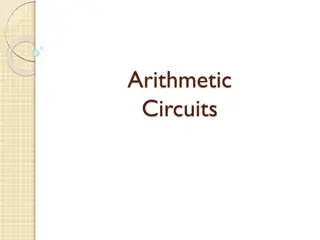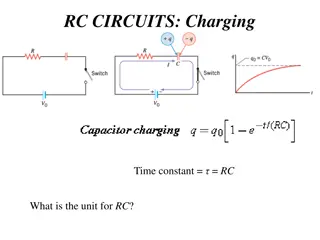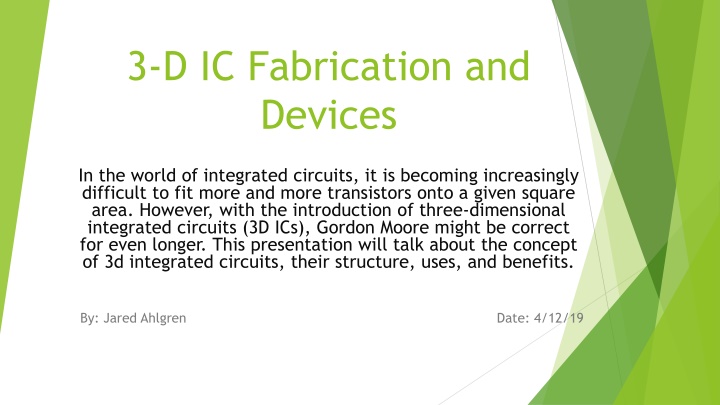
Unleashing the Potential of 3D Integrated Circuits
Explore the concept of 3D integrated circuits (3D-ICs) as a solution to the growing challenge of fitting more transistors onto a limited chip area. Learn about the structure, fabrication methods, types, and benefits of 3D-ICs. Discover how these circuits enable vertical and horizontal integration of components, optimizing performance and reducing manufacturing costs. Dive into the innovative approaches of bottom-up and top-down fabrication, along with different types of 3D-IC configurations.
Download Presentation

Please find below an Image/Link to download the presentation.
The content on the website is provided AS IS for your information and personal use only. It may not be sold, licensed, or shared on other websites without obtaining consent from the author. If you encounter any issues during the download, it is possible that the publisher has removed the file from their server.
You are allowed to download the files provided on this website for personal or commercial use, subject to the condition that they are used lawfully. All files are the property of their respective owners.
The content on the website is provided AS IS for your information and personal use only. It may not be sold, licensed, or shared on other websites without obtaining consent from the author.
E N D
Presentation Transcript
3-D IC Fabrication and Devices In the world of integrated circuits, it is becoming increasingly difficult to fit more and more transistors onto a given square area. However, with the introduction of three-dimensional integrated circuits (3D ICs), Gordon Moore might be correct for even longer. This presentation will talk about the concept of 3d integrated circuits, their structure, uses, and benefits. By: Jared Ahlgren Date: 4/12/19
Table of Contents What is it? Fabrication Types Usage Benefits Summary and Conclusions References Key Concepts https://www.semiwiki.com/
What is it? A 3D integrated circuit is a chip which has multiple layers of active electrical components. In basic terms, they are 2D circuits put on top of each other and electrically connected. The components can be integrated both vertically and horizontally.
Fabrication: Bottom-up approach Bottom layer is created using standard CMOS technology Then the formation of a second Si layer, where device fabrication happens. Then this is just repeated up.
Fabrication: Top-down approach Multiple 2D ICs are created in parallel and then assembled to form a 3D IC. Performance optimization and functional verification layer by layer, thus allowing for a reduced manufacturing cost. Preferred method when the layers are not of the same components.
Types Simple stacking Active-on-passive with TSVs Active-on-active with TSVs
Simple Stacking Die stacked on top of each other with metal wiring running down the sides Early form
Active-On-Passive Placing a silicon interposer between the SiP (system in package) substrate and the dies. Uses TSVs Also known as 2.5D due to the interposer not carrying active components. https://www.semiwiki.com/
Active-On-Active Dies are mounted on top of each other with TSVs going through them for communication.
Usage Xilinx Virtex-7 2000T device has four FPGA dice attached to a silicon interposer Samsung Pro 850 SSD V-NAND (Vertical-NAND)
Benefits Low power consumption ~10% Smaller form factor Higher performance TSV Higher function density Moore s Law extension Lower cost
Summary and Conclusions 3D integrated circuits are a relatively new concept when it comes to actually being produced The benefits of 3D ICs show that it will inevitably be the way circuits are created in the future Active-on-active type and top-down fabrication approach are the two more commonly used variants Since this is relatively new, there are still many things that need to be ironed out, such as heat, design complexity, and lack of standards, before it can be more widely adopted
References 7 Series FPGAs Data Sheet: Overview. Xilinx, 27 Feb. 2018, www.xilinx.com/support/documentation/data_sheets/ds180_7Series_Overvie w.pdf. EE Times. The State of the Art in 3D IC Technologies. EETimes, EE Times, 27 Nov. 2013, www.eetimes.com/author.asp?doc_id=1320240&page_number=3#. Samsung V-NAND Technology. Samsung, Sept. 2014, Samsung V-NAND technology. Srivastava, Ankur. Three Dimensional Integrated Circuits. Three Dimensional Integrated Circuits - an Overview | ScienceDirect Topics, 2014, www.sciencedirect.com/topics/engineering/three-dimensional-integrated- circuits. Topol, Anna W., et al. Three-Dimensional Integrated Circuits. Signal Lake, 8 Aug. 2006, signallake.com/signallake.com/innovation/topol.pdf.
Key Concepts 3D ICs are more efficient than the currently used 2D circuits. 3D ICs is a newer technology where the full benefits and uses of are still being discovered. There are multiple types of 3D ICs, however, the active-on-active type is considered to be true 3D. Moore s Law may be extended due to 3D integrated circuits. Bottom-up and top-down are two main fabrication methods of 3D ICs.

